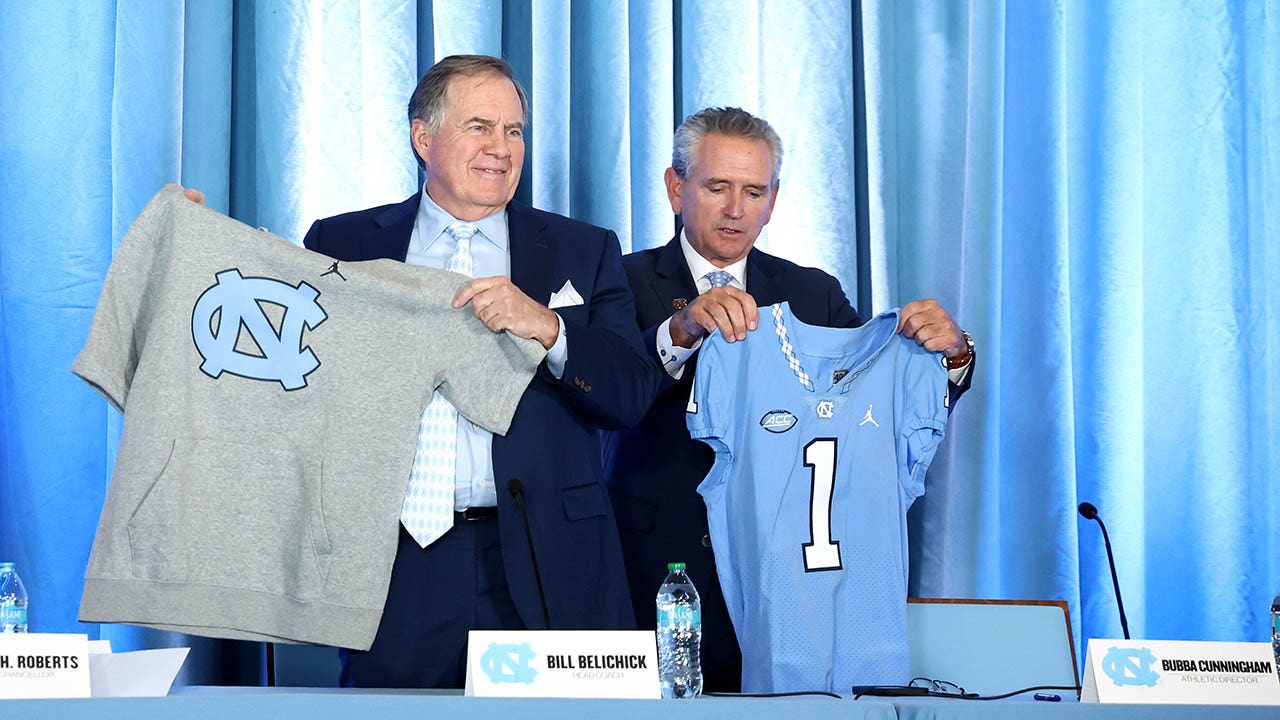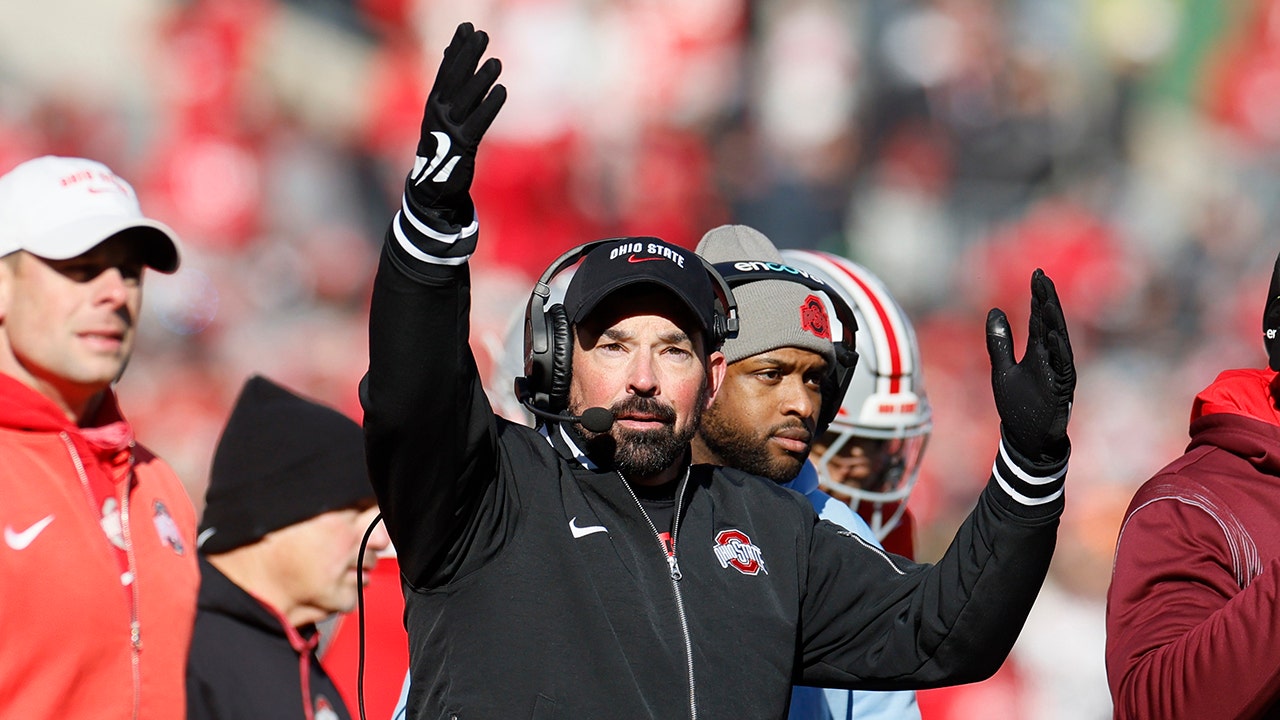Kena Betancur | Corbis News | Getty Images
Pfizer on Tuesday reported second-quarter revenue and adjusted earnings that blew past expectations and raised its full-year outlook, benefiting from its broad cost-cutting program, better-than-expected sales of its Covid antiviral pill, Paxlovid, and strong non-Covid product sales.
The company now expects to book adjusted earnings of $2.45 to $2.65 per share for the fiscal year, up from its previous guidance of $2.15 to $2.35 per share.
Pfizer also hiked its revenue outlook to a range of $59.5 billion to $62.5 billion, up from a previous revenue forecast of between $58.5 billion and $61.5 billion. That includes roughly $5 billion in expected revenue from its Covid vaccine and $3.5 billion from Paxlovid.
The pharmaceutical giant said its higher outlook reflects its strong performance in the first half of the year and its confidence in the “underlying strength” of its business. Notably, Pfizer on Tuesday posted its first quarter of topline revenue growth since the fourth quarter of 2022, when its Covid revenues peaked.
“This quarter’s results are a testament to the performance of our commercial business and our prudent approach to improving our cost base,” Pfizer CFO Dave Denton said during an earnings call on Tuesday.
Still, share of the company fell more than 1% after the results.
Here’s what the company reported for the second quarter compared with what Wall Street was expecting, based on a survey of analysts by LSEG:
- Earnings per share: 60 cents adjusted vs. 46 cents expected.
- Revenue: $13.28 billion vs. $12.96 billion expected.
The results come as Pfizer scrambles to stabilize its business and win back Wall Street’s favor following the rapid decline in demand for its Covid products. Demand for its vaccine and Paxlovid plunged and transitioned to the commercial market in the U.S. last year as the world emerged from the pandemic.
As revenue dried up, Pfizer in October launched a broad cost-cutting push that aims to deliver at least $4 billion in savings by the end of 2024. The company has since announced a separate multiyear plan to slash costs, with the first phase of the effort slated to deliver $1.5 billion in savings by 2027.
“We do expect that all these [cost-cutting] investments…are all designed to improve operating margins to get us back to pre-pandemic levels in the near future,” Denton told investors.
Pfizer is also zeroing in on treating cancer after its whopping $43 billion acquisition of Seagen last year.
The company booked second-quarter net income of $41 million, or 1 cent per share. That compares with net income of $2.33 billion, or 41 cents per share, during the same period a year ago. Excluding certain items, the company posted earnings per share of 60 cents for the quarter.
Pfizer recorded revenue of $13.28 billion for the second quarter. That is up 2% from the same period a year ago.
The company pointed to growth from acquired drugs, recently launched treatments and other key products, which helped offset the drop in sales from its Covid business.
Paxlovid brought in $251 million in sales for the quarter, up 76% from the year-earlier period. That growth is mainly because of increased infection rates and demand in certain international markets during the quarter and due to favorable comparisons from the year-earlier period when Paxlovid recorded no U.S. sales ahead of its transition to the commercial market.
The segment results were higher than the $206.1 million in sales that analysts were expecting, according to estimates compiled by StreetAccount.
The company’s Covid shot booked $195 million in revenue, down 87% from the same period a year ago.
That drop was driven by lower contract deliveries and demand in international markets, and reflects the seasonality of demand for vaccinations.
Analysts expected $195 million in sales for the drug, according to StreetAccount.
Non-Covid product growth
Excluding Covid products, Pfizer said revenue for the second quarter rose 14% on an operational basis.
The company said that growth was partly fueled by Seagen’s approved cancer products, which brought in $845 million in revenue for the quarter. That includes $394 million from a targeted treatment for bladder cancer called Padcev and $279 million from Adectris, another drug that targets certain lymphomas.
Pfizer completed its acquisition of Seagen in December.
“We are pleased with the continued success of our integration,” Pfizer CEO Albert Bourla said on the call, adding that the acquired products are “contributing meaningfully to our revenue.”
Revenue also got a boost from strong sales of Pfizer’s Vyndaqel drugs, which are used to treat a certain type of cardiomyopathy, a disease of the heart muscle. Those drugs booked $1.32 billion in sales, up 69% from the second quarter of 2023.
Analysts had expected that group of drugs to rake in $1.10 billion for the quarter, according to estimates from StreetAccount.
Pfizer said its blood thinner Eliquis, which is co-marketed by Bristol Myers Squibb, also helped drive revenue growth during the period. The drug posted $1.88 billion in revenue for the quarter, up 7% from the year-earlier period.
That is in line with analysts expectations, according to StreetAccount.
Sales of Eliquis could take a hit in 2026, however, when a new price for the drug goes into effect for certain Medicare patients following negotiations with the federal government. Those price talks, a key provision of President Joe Biden’s Inflation Reduction Act, will end at the beginning of August.
Meanwhile, Pfizer’s vaccine against respiratory syncytial virus, or RSV, saw $56 million in revenue. The shot, known as Abrysvo, entered the market during the third quarter of 2023 for seniors and expectant mothers who can pass on protection to their fetuses.
The shot fell short of analysts’ estimates of $89 million in revenue for the second quarter, according to StreetAccount.















































